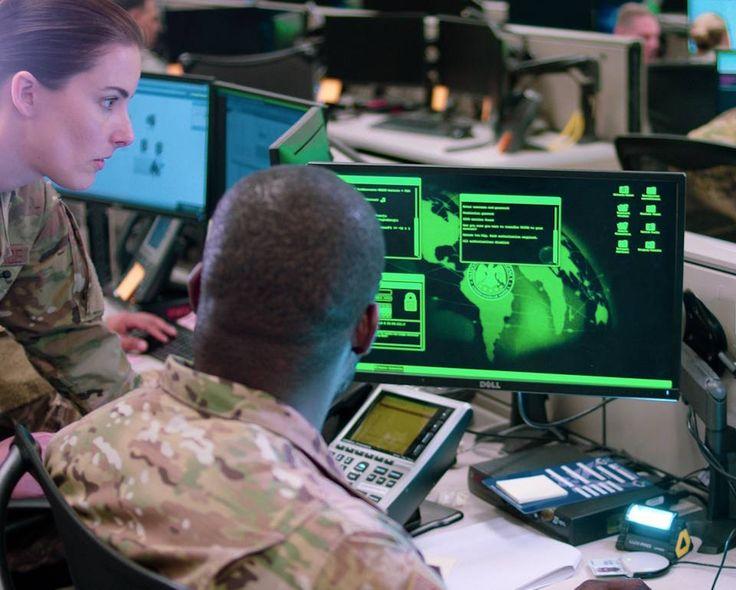US department of defense recent pentagon moves

In a rapidly evolving global landscape, the US Department of Defense’s recent Pentagon moves have sent ripples through military, political, and economic circles alike. These decisions, though diverse in scope, are unified by a central objective maintaining America’s security edge in an era defined by geopolitical competition, technological disruption, and unconventional threats.
1. Strengthening Indo-Pacific Presence
One of the most notable Pentagon directives in recent months has been the reinforcement of the United States’ Indo-Pacific strategy. With growing maritime tensions and an increasingly competitive regional power balance, the Pentagon has announced expanded joint exercises with key allies such as Japan, Australia, and the Philippines. These exercises are designed to enhance interoperability and demonstrate a united front in protecting international maritime norms.
2. Accelerating Defense Technology Modernization
The Pentagon has doubled down on emerging technologies, accelerating investments in artificial intelligence, autonomous systems, and next-generation missile defense. The recent unveiling of AI-enabled decision-support platforms signals a shift towards faster, data-driven command structures. This push aims not only to outpace adversaries in technological innovation but also to adapt to a future battlefield where cyber and space domains play as critical a role as land, sea, and air.
3. Cybersecurity at the Forefront
Amid growing cyber threats from state and non-state actors, the US Department of Defense has rolled out an updated Cybersecurity Posture Plan. This framework emphasizes real-time threat detection, cloud-based infrastructure security, and greater collaboration with private-sector tech companies. The Pentagon’s cyber units have also expanded their partnerships with NATO allies to counter cross-border cyber campaigns.
4. Energy and Sustainability in Defense Operations
Interestingly, the Pentagon’s recent moves extend beyond pure combat capability. Recognizing the strategic vulnerabilities posed by energy dependency, the Department of Defense has committed to a series of sustainability initiatives. This includes integrating renewable energy into base operations, deploying microgrids for forward operating bases, and investing in low-emission military vehicles. These steps not only support environmental goals but also reduce supply chain risks in conflict zones.
5. Revamping Personnel and Training Strategies
The human element of defense has not been overlooked. Recent reforms aim to modernize recruitment, retention, and training programs. Virtual reality training simulations, leadership development pipelines, and expanded benefits for military families are part of this holistic approach. The Pentagon’s intent is clear: to attract top talent and ensure that the force remains resilient, skilled, and motivated in the face of evolving threats.
6. Expanding Global Defense Partnerships
The Pentagon has placed renewed emphasis on defense diplomacy. Recent agreements with European, Middle Eastern, and African nations have focused on intelligence sharing, counterterrorism cooperation, and joint training operations. This collaborative model acknowledges that modern security challenges—ranging from terrorism to climate-induced instability—require multinational solutions.
7. Preparing for Multi-Domain Warfare
Perhaps the most transformative aspect of the US Department of Defense’s recent Pentagon moves is the shift towards integrated, multi-domain operations. This approach synchronizes capabilities across air, land, sea, space, and cyber in real time. The objective is to present adversaries with multiple dilemmas simultaneously, thereby enhancing deterrence and operational effectiveness.
8. Transparency and Public Engagement
In a departure from traditional closed-door defense decision-making, the Pentagon has been more proactive in public communication. Through press briefings, declassified reports, and social media engagement, the Department of Defense is aiming to foster public understanding and trust. This is particularly vital in democracies, where defense policies must align with the will and awareness of the people.
Implications for the Future
The US Department of Defense’s recent Pentagon moves highlight a defense establishment that is both reactive to immediate threats and proactive in shaping long-term security landscapes. These strategic pivots serve multiple purposes: deterring rivals, assuring allies, modernizing capabilities, and aligning military operations with broader national objectives.
Observers note that the success of these initiatives will depend on consistent funding, bipartisan support in Congress, and the Pentagon’s ability to balance agility with accountability. The challenge lies in executing these ambitious changes while navigating the complexities of domestic politics, international alliances, and an unpredictable global stage.
Conclusion
From the South China Sea to cyberspace, the Pentagon’s latest initiatives reflect a defense posture that is adaptive, innovative, and deeply interconnected with global trends. By blending hard power, technological innovation, and diplomatic outreach, the US Department of Defense’s recent Pentagon moves aim to ensure that America’s military remains not only the most capable in the world but also the most strategically forward-thinking.
As the world watches, one thing is certain: the Pentagon’s current trajectory will influence the security dynamics of the 21st century in profound and lasting ways.







